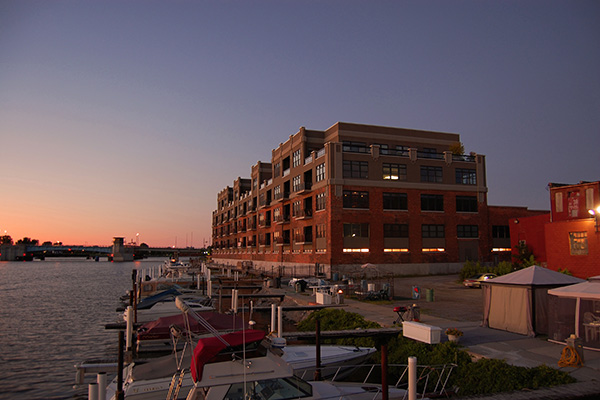Kaufman Economic Development Corporation (TX) – Economic Development Master Plan
Challenge Despite being part of one of the nation’s fastest-growing metropolitan areas, Kaufman, Texas, was falling behind its Dallas-area peers in 2016. An analysis of trends revealed little population growth, a declining supply of housing, and lagging incomes and home values. Commuting patterns suggested the city was neither a stand-out […]









